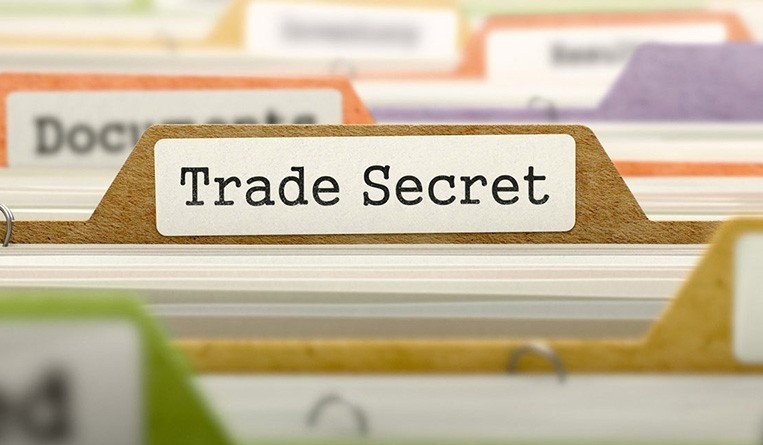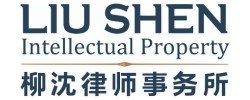Trade Secret Protection in China
A trade secret is defined as technical information and operational information which is unknown to the public, which may bring economic benefits to the owner of rights, which has practical applicability and for which the owner of rights has taken measures to keep secret, according to Article 10 of the Anti-Unfair Competition Law of China.
Apparently, the definition of “trade secret” is more narrowly-described in the Anti-Unfair Competition Law of China by the use of wordings like “which may bring economic benefits” and “which has practical applicability” compared to the description of “undisclosed information” in the TRIPS Agreement. Moreover, the law further defines the trade secret infringement act in an even narrower way by limiting the subject to “an operator” and for the purpose of trade competition. Thus, if a trade secret dispute has not arisen between operators and not for trade competition purpose, it cannot be considered as a trade secret infringement dispute.
Pros and Cons of Trade Secret Protection
Trade secrets have been an important and indispensable measure to protect innovative work. As long as the trade secret is kept “secret,” it may bring continuous economic benefits to the owner for a long period of time.
However, once a trade secret is infringed, it no longer can be protected as a trade secret, which may bring about a fatal loss to a company. Furthermore, it is hard to win a trade secret infringement lawsuit.
First of all, it is relatively hard to determine the protection scope of a trade secret. The plaintiff is required to determine the specific contents of the trade secrets and to point out the difference with respect to information known to the public. Since there is no certificate for trade secrets, it is relatively hard to determine an appropriate range for the trade secrets.
Furthermore, the court highly depends on a technical appraisal, which may take a long time to procure, and then at a high cost.
Finally, the burden of proof is mainly taken by the plaintiff. The plaintiff has to prove that the trade information meets the requirement of trade secrets, including that the information is unknown to the public, the information used by the defendant is identical to the trade secrets, and that the defendant obtained the trade secrets by improper means. In general, it is difficult to prove that the information is unknown to the public because of the difficulty in proving a negative fact, and it is even more difficult to prove that the defendant obtained the trade secrets by improper means because such fact is under the control of the defendant.
Patent or Trade Secret?
Compared with the relatively weak protection provided to a trade secret, patent protection is a much stronger weapon. However, patent protection is not always the best choice. In some circumstances, trade secret protection could be a better way – or sometimes the only way – of protecting commercially-valuable technical or operational information.
It is known that patent protection is provided at the cost of publication of the patented technology, which makes copying of the patented technology easier, and it’s sometimes hard to stop infringement when it is hard to find or prove. Therefore, for technologies that are difficult to obtain through reverse engineering but easy to copy if disclosed, trade secret protection could be a better choice. A famous example of trade secret protection is the formula for Coca-Cola. Apparently, the formula could be widely copied if disclosed, and the cost for stopping infringement could be huge. By taking proper measures, the formula has been successfully kept secret for more than 100 years.It is obvious that the formula brings substantially more benefit as a trade secret than as a patent.
In addition, subject matters that can be protected by patent are limited. According to the Patent Law of China, an invention must constitute a “technical solution” which means a technical problem must be resolved by using technical means. For example, if the subject matter is a business method, it cannot be protected by patent, but could be well-protected by keeping it as a trade secret.
Furthermore, under the Patent Law of China, a patent application is published before substantive examination, which brings about the risk that the published technology is not granted a patent and at the same time can no longer be protected as a trade secret. Therefore, filing a patent application after the evaluation of its patentability is highly recommended.










